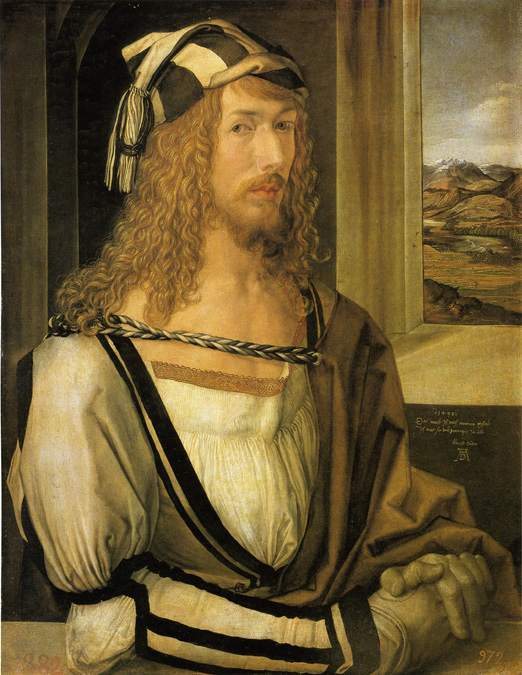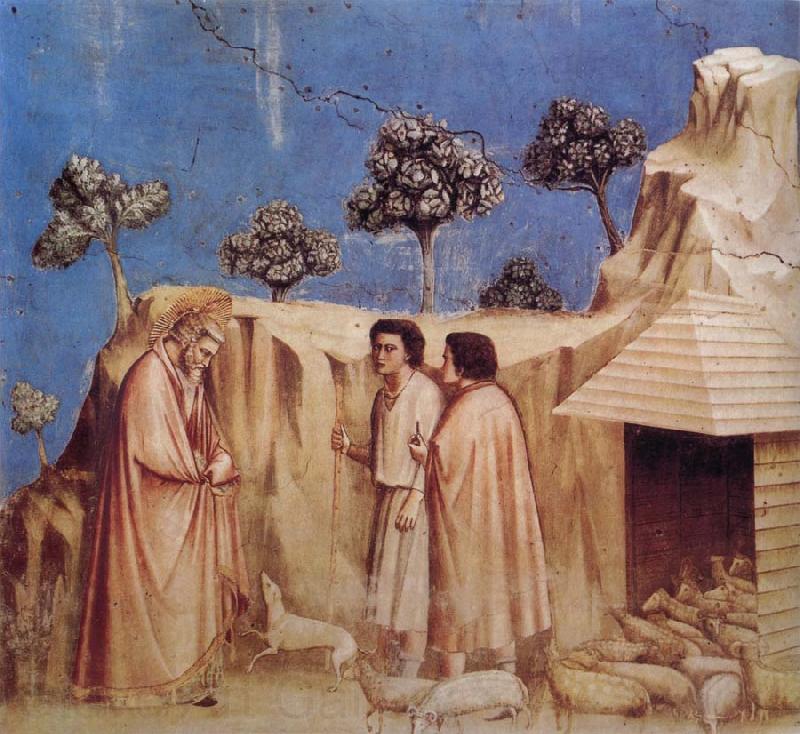Revelations
The Apparition
Curated by Arsam Yazdani
This piece shows Salome, a woman who, with her dancing, bewitched her mother's husband Herod Antipas. As a reward, she was given the head of John the Baptist. What the hell? This is the idea: "Let me just get naked and dance for my father-in-law so he can give me a saint's head real quick".
The Apparition
Curated by Arsam Yazdani
 |
| Gustave Moreau, The Apparition, 1876 |
This piece shows Salome, a woman who, with her dancing, bewitched her mother's husband Herod Antipas. As a reward, she was given the head of John the Baptist. What the hell? This is the idea: "Let me just get naked and dance for my father-in-law so he can give me a saint's head real quick".
Moreau could be showing a few different parts of the scene. It could be after Salome's dance, with the apparition being her terrifying wish not yet coming to fruition. Or it could be a scene after the beheading, where she feels remorse for her sexy-dance for her father in law... This is just weird.
John the Baptist's head is the clear focal point, though it honestly resembles Jesus' head. Salome is the only completely visible other character, this scene clearly between just the two of them. No other character is important here, only their interaction.
The detailing on the piece is incredibly delicate, most of it looking as if it was sketched onto the piece as an afterthought - or as if it was unimportant as well, fading away like everything else in the room.
John the Baptist's head is the clear focal point, though it honestly resembles Jesus' head. Salome is the only completely visible other character, this scene clearly between just the two of them. No other character is important here, only their interaction.
The detailing on the piece is incredibly delicate, most of it looking as if it was sketched onto the piece as an afterthought - or as if it was unimportant as well, fading away like everything else in the room.


























.jpg)


+Self-Portrait+mm.jpg)


